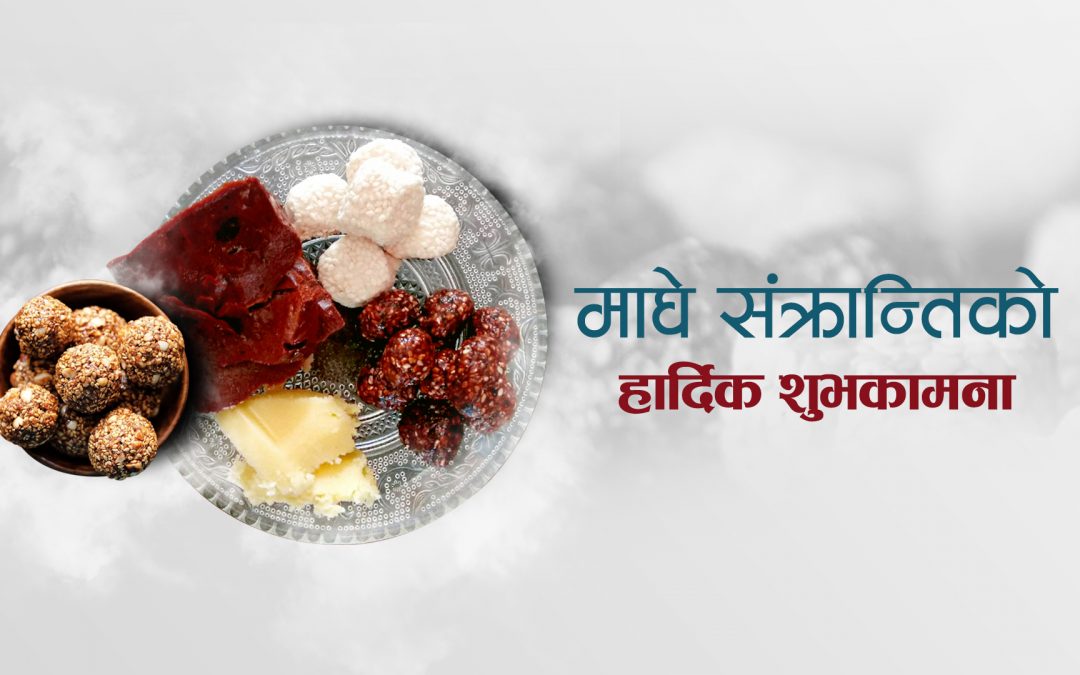
On this day, people eat delicacies such as Til ko Laddu, Bhuja ko Laddu, Gheu, Chaku, Sweet Potato, Yam and apply oil on their heads. Food might differ in different communities but the above listed are the most common ones eaten during Maaghe Sankranti.
Some of the ways in which the nepali festival Makar Sankranti is celebrated include:
- Holy bathing in rivers and other bodies of water: It is thought that bathing in rivers on Maghe Sankranti cleanses the soul and washes away sins. Many people bathe in rivers like the Koshi, Gandaki, and Narayani, especially in rural areas.
- Making and distributing special delicacies: Special foods such as ladoo, chaku, and ghee are made and distributed among friends and relatives on Maghe Sankranti.
- People travel to temples and shrines to make offerings and participate in ceremonies that are meant to please the gods and goddesses.
- Kite flying: Maghe Sankranti marks the arrival of warmer weather, and lots of people go outside to fly kites.
- Lighting a bonfire and dancing around it is another way people mark the end of winter on Maghe Sankranti.
- Giving charity: Magh Sankranti is considered an auspicious day for performing religious activities and making donations to the poor.
- Bullfighting: The people of the Taruka village celebrate it by organizing the bullfight for their entertainment purpose.

- Farming festival: As it marks the beginning of the harvesting season, farmers celebrate this day by expressing gratitude to their land and the tools they use.
Maghe Sankranti is firmly ingrained in Nepal’s cultural and religious traditions and is enthusiastically observed by a variety of communities. Its roots are probably found in early religious and agricultural customs. The festival has changed over the years, but it has remained a significant occasion in Nepal and other South Asian countries cultural and religious calendars.
Source: https://www.footprintadventure.com/blog/maghe-sankranti-festival-in-nepal
 Finland
Finland Bangladesh
Bangladesh

Very interesting